chemistry aspect of extracting gold

Gold extraction - Wikipedia
Gold extraction is the extraction of gold from dilute ores using a combination of chemical processes. Gold mining produces about 3600 tons annually, and another 300 tons is produced from recycling. Since the 20th century, gold has been principally extracted in a cyanide process by leaching the ore with cyanide solution. The gold may then be further refined by
获取价格
A systematic review of sustainable gold extraction from raw ores
2022年3月1日 In addition to extraction, the application of these reagents in the gold processing, pre-treatment and gold purification stages is explored. The main objective
获取价格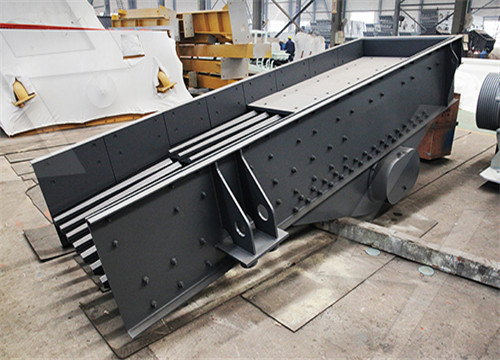
Selective and rapid extraction of trace amount of gold from
2022年12月15日 Here, the authors report two two-dimensional silver(I)‒organic frameworks that enable selective sensing and extraction of gold from aqueous solutions, including
获取价格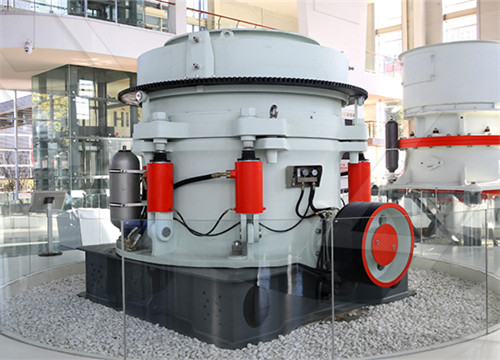
[PDF] The Chemistry of the Extraction of Gold Semantic Scholar
The Chemistry of the Extraction of Gold. C. A. Fleming, R. L. Paul. Published 2010. Chemistry. 1S.1 General Principles 15.1.1 The chemistry of gold compounds Gold is
获取价格
Introduction: Gold Chemistry Chemical Reviews - ACS
The chemistry of gold carbene intermediates continues to be a fascinating aspect of gold-catalyzed transformations. Cyclopropanations, as discussed in the review of Antonio M. Echavarren mentioned above, and C,H or X,H
获取价格
Gold Extraction Recovery Processes - 911
2016年2月29日 In generals, the concentration of gold includes three stages: roughing, cleaning and scavenging. The reason of concentration is to separate the raw material into two products, concentrate and tails.
获取价格
Extracting Structured Seed-Mediated Gold Nanorod Growth
to prepare gold nanorods with aspect ratios ranging from 8 to 20.[4,5,6] This generated a great deal of interest in anisotropic gold nanoparticles due to a combination of the convenience of the wet-chemistry approach, as well as the ability to tune the shape of the synthesized nanorods. The anisotropic gold nanoparticles, in turn, provide ac-
获取价格
Unveiling the Golden Secret: Extracting Gold from Eucalyptus
2023年11月15日 From oxidative dissolution to complexation, these processes navigate the intricate chemistry of gold extraction. ... This incredible journey has taken it from understanding the chemistry that leads to gold accumulation to the practical aspects of gold harvesting and refining. As the article concludes, the concept of extracting gold
获取价格
Non-toxic technology extracts more gold from ore - Phys
2021年10月1日 Non-toxic technology extracts more gold from ore. Study shows new chloride-based process recovers 84% of gold compared to the 64% recovered with traditional methods. Gold is one of the world's ...
获取价格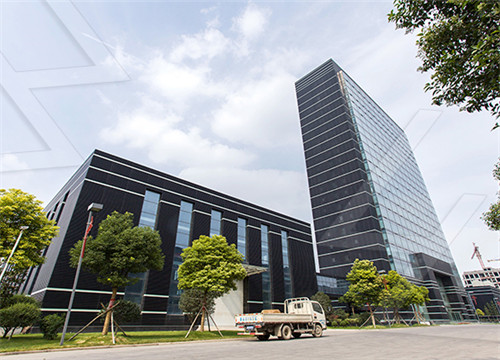
Mining Definition, History, Examples, Types, Effects, Facts
2024年1月24日 mining, process of extracting useful minerals from the surface of the Earth, including the seas.A mineral, with a few exceptions, is an inorganic substance occurring in nature that has a definite chemical composition and distinctive physical properties or molecular structure. (One organic substance, coal, is often discussed as a
获取价格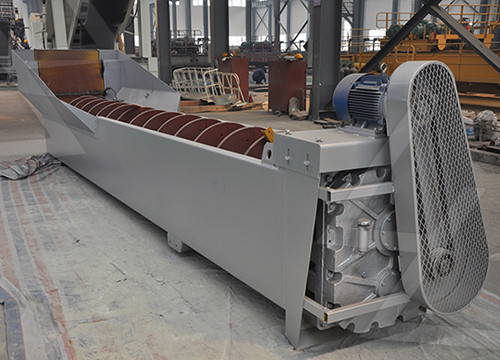
A systematic review of gold extraction: Fundamentals
2022年10月15日 The mechanisms and features of gold extraction with sulfur-containing lixiviants are similar, which all require oxidants, and they act as ligands to complex with gold ions and form stable complexes in solution. Their properties are slightly different based on their own chemical properties and complex stability constants. 3.1.1. Thiosulfate
获取价格
Challenges and opportunities in the recovery of gold from
The well-documented toxicity and environmental concerns around the use of cyanide in the gold mining industry 12 has led to the adoption of the International Cyanide Management Code, a voluntary program intended to reduce the potential exposure of workers and local communities to the harmful effects of cyanide. It is estimated that cyanide leaching is
获取价格
Gold cyanidation - Wikipedia
Gold cyanidation (also known as the cyanide process or the MacArthur–Forrest process) is a hydrometallurgical technique for extracting gold from low-grade ore by converting the gold to a water-soluble coordination complex.It is the most commonly used leaching process for gold extraction. Cyanidation is also widely used in the extraction of silver, usually
获取价格
How Gold Is Mined Gold Mining Process World Gold Council
Gold Mining Operation: 10 - 30 years. The gold mining operation stage represents the productive life of a gold mine, during which ore is extracted and processed into gold. Processing gold involves transforming rock and ore into a metallic alloy of substantial purity – known as doré – typically containing between 60-90% gold.
获取价格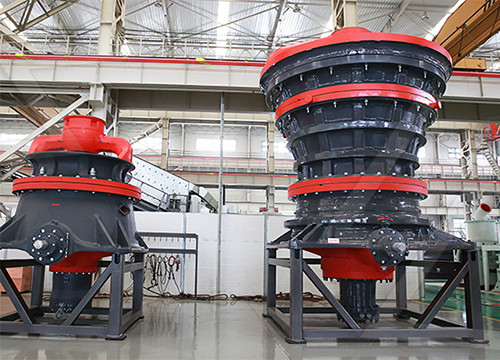
Mechanism of selective gold extraction from multi-metal chloride ...
2020年3月19日 The power consumption of gold recovery achieved in this study was of the order of 10 kW h kg −1 from a solution containing only 0.5 mM Au, with the recovery efficiency of 95%, and this result is indeed a solid proof of the EDRR method's potential as an industrial gold extraction technology. Conflicts of interest
获取价格
A systematic review of sustainable gold extraction from raw
2022年3月1日 Results: 45% of gold extraction with a non-pre-treated sample; 86% after microwave roasting. Case 3 - A bromine-based solution was applied to extract gold from a sulphide gold ore (Sousa et al., 2018). ® Leaching solution: The leaching solution composed by 4.4 g of NaBr, 30 mL of NaOCl, 42 mL of HCl and 28 mL of H2O per 100 mL of solution.
获取价格
Cyanide Hazards to Plants and Animals from Gold Mining and
The process to concentrate gold using cyanide was developed in Scotland in 1887 and was used almost immediately in the Witwatersrand gold fields of the Republic of South Africa. Heap leaching with cyanide was proposed by the U.S. Bureau of Mines in 1969 as a means of extracting gold from low-grade ores. The gold industry adopted the technique ...
获取价格
Cyanide Chemistry Gold Extraction - 911 Metallurgist
2017年1月22日 This was, to add a small amount of dilute bromine water to a dilute stock-solution of potassium cyanide, the latter in chemical excess, in the presence of metallic gold. The reactions that take place may be analyzed as follows: (a) 2KCy + Br = KBr + Cy + KCy. (b) Au + Cy + KCy = KAuCy2.
获取价格
Cyanide Use in Gold Mining - Earthworks
Mining lower grade ore requires the extraction and processing of much more ore to get the same amount of gold. Partially due to cyanide, modern mines are. much larger than before cyanide was used; create vast open pits; and; produce huge quantities of waste. More than 20 tons of mine waste are generated to produce enough gold for a typical ring.
获取价格
A systematic review of sustainable gold extraction from raw
2022年3月1日 Results: 45% of gold extraction with a non-pre-treated sample; 86% after microwave roasting. Case 3 - A bromine-based solution was applied to extract gold from a sulphide gold ore (Sousa et al., 2018). ® Leaching solution: The leaching solution composed by 4.4 g of NaBr, 30 mL of NaOCl, 42 mL of HCl and 28 mL of H2O per 100 mL of solution.
获取价格
Cyanide Hazards to Plants and Animals from Gold
The process to concentrate gold using cyanide was developed in Scotland in 1887 and was used almost immediately in the Witwatersrand gold fields of the Republic of South Africa. Heap leaching with cyanide was
获取价格
Cyanide Chemistry Gold Extraction - 911 Metallurgist
2017年1月22日 This was, to add a small amount of dilute bromine water to a dilute stock-solution of potassium cyanide, the latter in chemical excess, in the presence of metallic gold. The reactions that take place may be analyzed as follows: (a) 2KCy + Br = KBr + Cy + KCy. (b) Au + Cy + KCy = KAuCy2.
获取价格
Cyanide Use in Gold Mining - Earthworks
Mining lower grade ore requires the extraction and processing of much more ore to get the same amount of gold. Partially due to cyanide, modern mines are. much larger than before cyanide was used; create vast open pits; and; produce huge quantities of waste. More than 20 tons of mine waste are generated to produce enough gold for a typical ring.
获取价格
Kinetic Investigation and Dissolution Behavior of Cyanide
2019年5月10日 The halogens iodine, bromine and the well-known gold solvent aqua regia dissolved gold very fast (up to ~1,000 mgh−1cm−2). Methanosulfonic acid (MSA) was not capable to extract any gold.
获取价格
Tapping into a greener goldmine The University of Edinburgh
2019年5月14日 Chemists at the University are finding more efficient and environmentally friendly methods of gold extraction. By developing a new way of recycling gold from electrical devices, researchers in the University’s School of Chemistry are part of wider efforts at Edinburgh to make a sustainable and socially responsible contribution to society.
获取价格
Making Mercury’s Histories: Mercury in Gold Mining’s Past and
2023年3月29日 The gold extraction technology used by the first gold rush prospectors at Sutter’s Mill and in other nineteenth-century gold rushes was primitive by today’s standards, consisting of pans, rocker boxes, and sluices. ... and artworks. For the past fifteen years he has researched aspects of the fine jewellery industry, gold assaying, and gold ...
获取价格
Recycling copper and gold from e-waste by a two-stage leaching
2021年5月15日 An important aspect of solvent extraction is the development of highly selective reagents that can transport single metals from a mixed-metal aqueous leach solution into the organic phase, so limiting the number of extraction stages and maximizing chemical sustainability. ... ACORGA [41]. In the solvent extraction of gold from halide
获取价格
Extracting Gold HowStuffWorks
This causes gold to collect on the negative terminals. Smelting, which results in nearly pure gold, involves melting the negative terminals in a furnace at about 2,100 degrees F (1,149 degrees C). When workers add a chemical mixture known as flux to the molten material, the gold separates from the metal used to make the terminals. Workers ...
获取价格
Introduction: Gold Chemistry Chemical Reviews - ACS Publications
The chemistry of gold carbene intermediates continues to be a fascinating aspect of gold-catalyzed transformations. Cyclopropanations, as discussed in the review of Antonio M. Echavarren mentioned above, and C,H or X,H insertion reactions represent two typical reactivity patterns of these substrates.
获取价格
'Green' gold extraction method replaces cyanide with starch
2013年5月20日 You get gold, but you also get highly toxic byproducts. However, chemistry postgraduate student Zhichang Liu has discovered -- by accident -- a new method of extracting gold, using (of all things ...
获取价格
Leaching: Process, Types, Methods, Advantages, Disadvantages
2023年8月12日 Advantages of the leaching process. The method is simple to carry out, and it aids in the greater extraction of metals and minerals from ore. There is less energy needed. It has a lower environmental impact than other mining technologies. The leaching chamber is easily transportable to the excavated trench.
获取价格
Gold nanorod crystal growth: From seed-mediated ... - ScienceDirect
2011年4月1日 An improved synthesis method of high-aspect-ratio gold nanorods increased the nanorod yield by adjustment of the pH of the growth solution [43]. The addition of sodium hydroxide to raise the pH of the growth solution from 2.8 to 3.5 greatly increases the yield of nanorods with the aspect ratio of ~ 18.
获取价格
Thermodynamic and Kinetic Aspects of Gold Adsorption in
2023年7月12日 It also has a potential effect on gold extraction from heap leaching processes. In particular, the transfer of AC particles from the reconditioning piles of cyanide solutions to the heaping leaching stage could mimic “preg-robbing”. In preg-robbing, gold cyanide complexes are removed from the solution by an adsorbent compound in the ore
获取价格